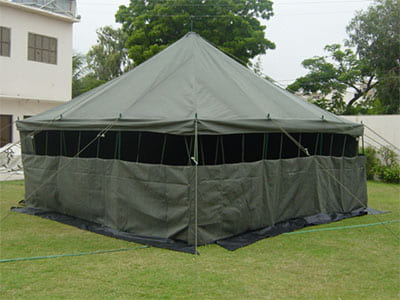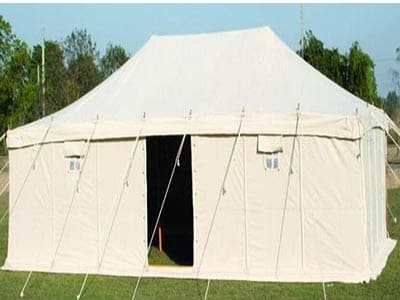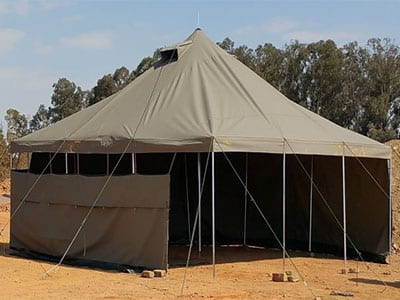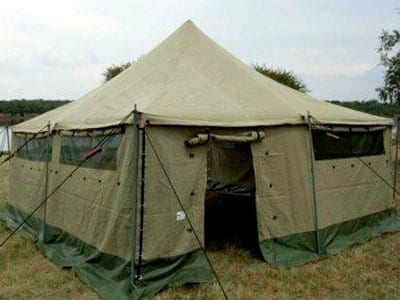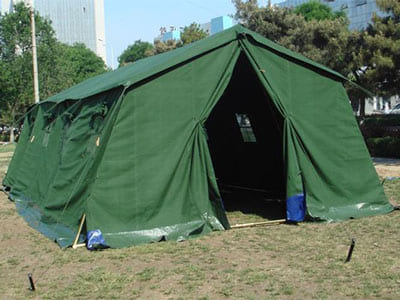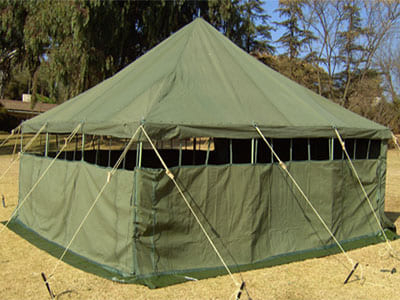Disaster Relief Tents: Providing Emergency Shelter in Crisis Situations
Disaster relief tents are crucial during humanitarian crises, offering temporary shelter to those affected by natural disasters, such as earthquakes, floods, hurricanes, and wildfires. These tents are designed to be easy to deploy, durable, and capable of withstanding harsh conditions, providing immediate relief to displaced individuals and families.
Why Disaster Relief Tents Are Essential
Disaster relief tents are integral in the first few days or weeks following a natural disaster. They offer a safe and practical solution to the critical need for temporary shelter when traditional homes or infrastructure are damaged or destroyed. Below are some reasons why these tents are a vital part of disaster response efforts:
1. Immediate Shelter: When homes are destroyed, disaster relief tents provide immediate shelter, ensuring displaced people have a safe place to stay while recovery efforts continue. These tents are designed to set up quickly and provide protection from the elements.
2. Durability and Resilience: Disaster relief tents are built to withstand tough environmental conditions. They are made from heavy-duty, weather-resistant materials like PVC or reinforced fabric, designed to endure high winds, heavy rain, or extreme temperatures, depending on the region’s climate.
3. Mobility and Flexibility: One of the key advantages of disaster relief tents is their portability. They are lightweight, easy to transport, and can be quickly set up in remote or hard-to-reach areas. This flexibility makes them ideal for use in regions where infrastructure may be damaged or inaccessible.
4. Multi-Purpose Use: These tents are not just shelters; they can serve various functions, including medical tents, food distribution centers, or command posts for relief operations. The versatile nature of disaster relief tents allows them to support various aspects of disaster recovery and response efforts.
5. Temporary Shelter for Large Populations: In the aftermath of a disaster, large numbers of people may be displaced. Disaster relief tents can accommodate families, communities, or even entire villages, helping provide temporary housing for thousands of people in affected areas.
Key Features of Disaster Relief Tents
Disaster relief tents are designed with practicality and efficiency in mind. Here are the key features that make them suitable for emergency situations:
1. Durable and Weather-Resistant Materials: These tents are constructed from high-quality, weather-resistant fabrics such as PVC or polyester with water-resistant coatings. These materials ensure that the tents can provide shelter even during heavy rains, high winds, or extreme temperatures.
2. Easy and Quick Setup: Disaster relief tents are designed for rapid deployment, often with simple pole-and-rope or frame structures. Some tents feature pop-up designs, while others require minimal assembly. The goal is to ensure that aid organizations and relief teams can set up shelters quickly.
3. Spacious and Comfortable: Disaster relief tents are designed to maximize space. They are often large enough to accommodate several people, with room for basic furniture, supplies, and belongings. This spaciousness helps families stay together while coping with the aftermath of a disaster.
4. Ventilation and Insulation: Good ventilation is essential in disaster relief tents to prevent heat buildup during the day and to allow for airflow during the night. Many tents have mesh windows, vents, and air circulation features to ensure a breathable environment. Insulation is also provided in colder climates to prevent freezing conditions inside.
5. Resilient Frames: The frames of disaster relief tents are often made from high-strength materials like galvanized steel, aluminum, or fiberglass to ensure stability in adverse weather conditions. The design of the frame ensures that the tent stands firm even in heavy winds or rain.
6. Compact and Easy to Transport: Disaster relief tents are designed to be compact when folded and lightweight enough for easy transportation. They are often packed into portable bags or containers, making them easy to distribute to affected areas.
Benefits of Disaster Relief Tents
1. Protection from Harsh Conditions: In the aftermath of disasters, survivors are often exposed to extreme weather. Disaster relief tents provide shelter from rain, sun, wind, and cold temperatures, ensuring that people are protected while they wait for permanent housing.
2. Quick Deployment and Setup: Disaster relief tents can be set up in just a few minutes or hours, providing an immediate solution to shelter needs. This is critical in the first 72 hours following a disaster, as it allows displaced people to have a safe place to stay while recovery efforts are underway.
3. Supporting Large Numbers of People: In cases of large-scale disasters, such as earthquakes or floods, thousands of people may need shelter at the same time. Disaster relief tents can be used in mass shelters, accommodating families and communities until long-term housing options are available.
4. Flexibility for Multiple Functions: Disaster relief tents can be customized for various needs. They can be used as living spaces, medical stations, food distribution areas, or command posts. This adaptability allows relief organizations to tailor their use of tents depending on the situation.
5. Cost-Effective: Compared to building permanent structures, disaster relief tents are relatively inexpensive and can be deployed quickly. They are an efficient solution in terms of cost and time, especially when immediate shelter is needed.
Types of Disaster Relief Tents
Different types of disaster relief tents are available, each designed for specific purposes:
1. Family Tents: These tents are designed to accommodate families or small groups of people. They offer a basic shelter that provides protection from the elements and ensures privacy during the crisis. Family tents are available in various sizes to suit different needs.
2. Medical Tents: Medical tents are equipped with features like extra ventilation, lighting, and space for medical equipment. They are used as temporary hospitals or clinics in the aftermath of disasters to provide emergency healthcare to the affected population.
3. Large-Scale Shelter Tents: These large tents are designed to shelter large groups of people. They can be configured with multiple sections or rooms to create a space for thousands of individuals in mass shelters. These tents provide shelter for larger communities in affected areas.
4. Command and Operations Tents: These tents serve as bases for disaster response teams. They house the staff, operations equipment, and communication systems needed to coordinate the relief efforts. They are typically equipped with power sources, lights, and secure storage for essential materials.
5. Multi-Purpose Relief Tents: These versatile tents can be used for various purposes, such as distribution centers, meeting halls, or sleeping areas. Their flexible design makes them ideal for different stages of disaster relief and recovery.
Factors to Consider When Choosing Disaster Relief Tents
When selecting disaster relief tents for emergency situations, consider the following:
1. Climate and Weather Conditions: Make sure the tent is suitable for the expected weather conditions. If you are deploying tents in a tropical or rainy region, choose tents with waterproof materials and good ventilation. In colder climates, look for tents with insulation features to protect against freezing temperatures.
2. Number of People to Shelter: Consider the size of the population that will need shelter. Choose tents that can accommodate the necessary number of people while allowing space for essential items like food, water, and medical supplies.
3. Ease of Setup: Opt for tents that are easy to set up, especially in emergency situations where time is critical. Pop-up tents or tents with simple frame structures are easier and faster to deploy.
4. Durability and Safety: Choose tents that are made from high-strength materials, with reinforced stitching and durable frames. The tent should be able to withstand heavy winds, rain, and other adverse weather conditions.
5. Transportation and Storage: Ensure that the tents can be easily packed, stored, and transported to the affected area. Compact designs are ideal for quick deployment and easy distribution in remote or disaster-stricken regions.
FAQs
Q1. What are disaster relief tents made of?
Disaster relief tents are typically made from durable, weather-resistant materials like PVC or polyester with waterproof coatings. These materials are chosen to provide protection against rain, wind, and extreme temperatures.
Q2. How long do disaster relief tents last?
Disaster relief tents are designed for temporary use and can last anywhere from a few months to several years, depending on the materials used and how well they are maintained.
Q3. Can disaster relief tents be used in extreme weather conditions?
Yes, many disaster relief tents are designed to withstand harsh weather conditions, such as heavy rain, strong winds, and extreme temperatures. They are built to offer protection in diverse environments.
Q4. How quickly can disaster relief tents be set up?
Most disaster relief tents are designed for quick deployment and can be set up in a matter of hours or even minutes. Pop-up designs and simple frame structures ensure that these tents are easy to assemble in emergency situations.
Q5. Are disaster relief tents eco-friendly?
While not all disaster relief tents are specifically designed to be eco-friendly, many are made with sustainable materials that can be reused and recycled. Some tents are designed to be more energy-efficient and have minimal environmental impact.
Q6. Can disaster relief tents be used for long-term shelter?
Disaster relief tents are typically used for short-term shelter until more permanent solutions are available. However, they can provide comfortable shelter for extended periods in emergency situations, especially when equipped with proper insulation and heating.

